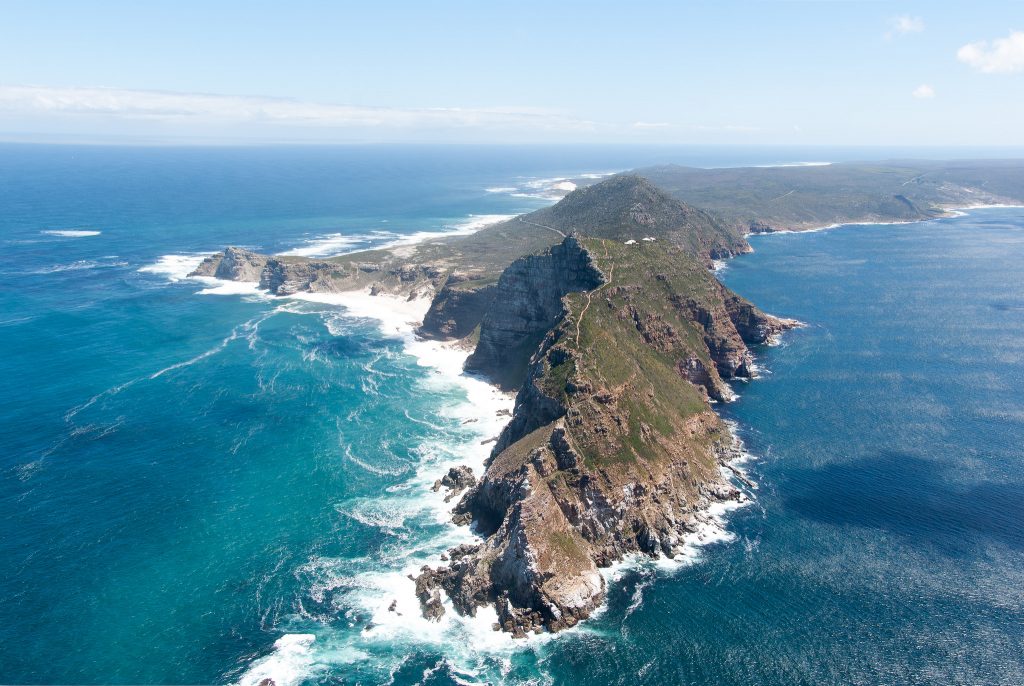Does it bother you that Cape Mendocino, which looks like a point, is called a “cape,” while Point Reyes, which looks like a cape, is called a “point”? Cape Hatteras is more of a bump but still gets the title “cape.” Even Cape Cod, which looks like a cup and maybe at best an upside down cape, as worn by an upside down superhero running towards Texas, gets to call itself a cape.

“Cape” sounds more important. The three “great” capes are Cape Horn, The Cape of Good Hope, and Cape Leeuwin. There are some “great” points, like on Nantucket, but they really aren’t all that great. Point Conception is sometimes called the “Cape Horn of California,” as if this were an upgrade. Is it because royalty is forever parading around in capes, and not the commoners?
It is natural to think that when something is called a cape it is because of its resemblance to the article of clothing. Geographical features are often metaphorically described using familiar objects: the bottom of the ocean is the ocean “floor,” a river has a “bed,” Italy is a “boot,” and so on. In this case, however, “cape” does not get its meaning from haberdashery. It ultimately comes from the Latin “caput,” which means “head.” The Spanish “Cabo” comes from the same family of languages as cape and caput. So it is not the garment but the head that sticks out like a point–at least in my case–that explains the title.
The whim of the discoverer or common usage determines if it’s a cape, headland, or point, not some commission dedicated to consistency like the International Astronomical Union that says Pluto isn’t a planet. So we end up with, for example, “Bodega Head.” The word “bodega” is Spanish for wine cellar or storeroom, and head is English for cape, although not because it looks like one, which it does. At least “Bodega Head” goes straight to the point and doesn’t involve any Latinate pretension.
Well, we don’t have any capes in San Francisco Bay but we have plenty of points, like Point Potrero, which is where the Red Oak Victory is tied up, and Point Richmond, which, if you don’t know, is located at those dilapidated pilings at the end of Potrero Reach where the ferry used to land. It could have been “Cape” Richmond, but it just wasn’t ambitious enough.
